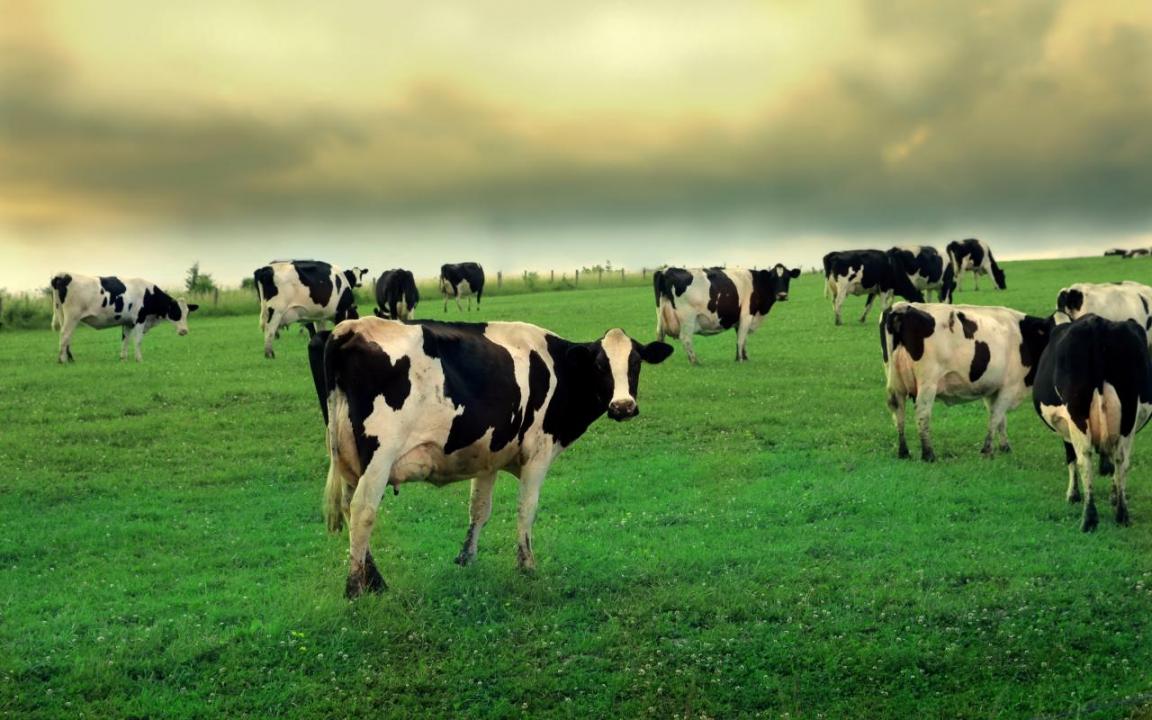The odds of a woman developing breast cancer are significantly higher if bovine leukemia virus is present, a new study suggests. The odds, researchers say, are far higher than with other common risk factors associated with breast cancer, such as obesity, alcohol consumption or the use of postmenopausal hormones, Medical News Today reported.
Scientists from the University of California-Berkeley (UC Berkeley), publishing in the journal PLOS ONE, looked for the presence of the bovine leukemia virus (BLV) in 239 women, comparing samples from those who had breast cancer with those who did not.
They identified BLV in 59% of samples from breast cancer patients, compared with 29% in the samples from those without breast cancer.
A team led by Prof. Gertrude Buehring, a professor of virology in the Division of Infectious Diseases and Vaccinology at UC Berkeley’s School of Public Health, overturned the long-held view that transmission of BLV to humans was not possible, after finding evidence of BLV in humans for the first time in 2014.
Buehring led the team to research a possible link between BLV and breast cancer.
BLV infects dairy and beef cattle, causing malignant lymphoma and lymphosarcoma in up to 5% of infected animals. A good indicator of exposure to BLV is presence of the virus antibodies in serum or milk. A baseline for the presence of BLV was established with the first study in the US in 1996, with results revealing that 89% of US dairy operations had BLV.
The most recent dairy study carried out in 2007 - involving over 82% of the US dairy herd from the nation’s 17 major dairy-producing states - showed that nearly 84% of operations were positive for BLV, though only 7.5% of all operations had independently confirmed the presence of BLV.
“The tests we have now are more sensitive, but it was still hard to overturn the established dogma that BLV was not transmissible to humans, says Buehring. “As a result, there has been little incentive for the cattle industry to set up procedures to contain the spread of the virus.”
By showing a higher likelihood of the presence of BLV in breast cancer, the research takes findings by Buehring and her team one step further.
The research does not show how the virus infects breast tissue, but it could be through unpasteurized milk, uncooked meat or human-to-human transmission.


